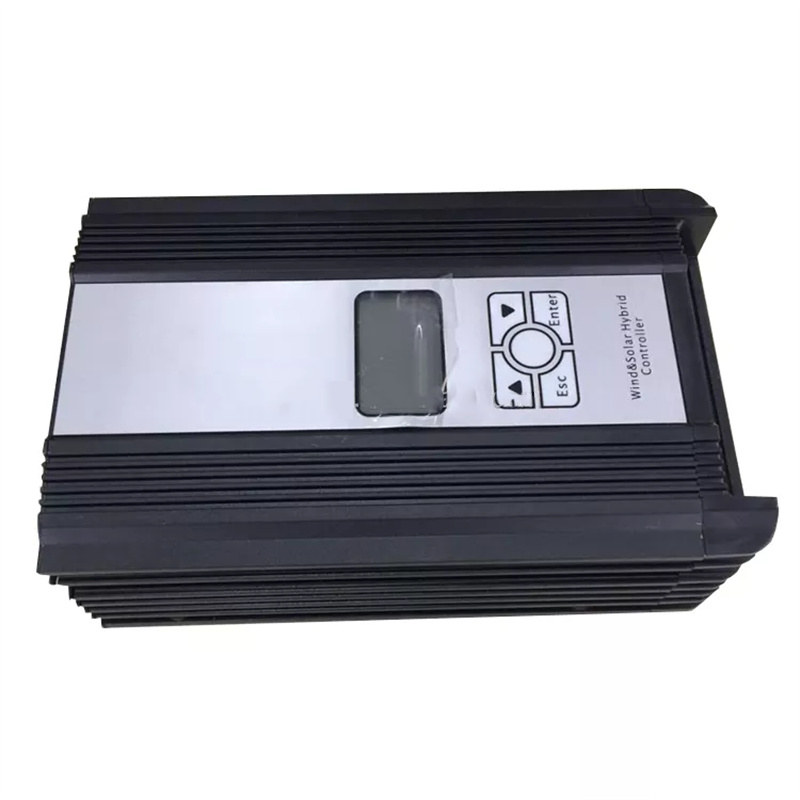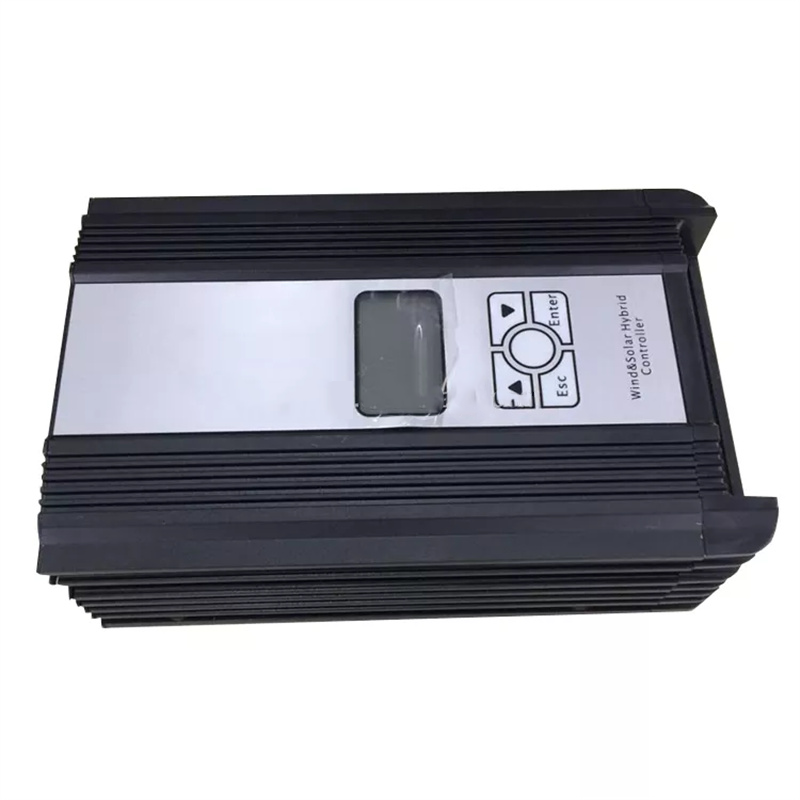Email format error
Email cannot be empty
Email already exists
6-20 characters(letters plus numbers only)
The password is inconsistent
Email format error
Email cannot be empty
Email does not exist
6-20 characters(letters plus numbers only)
The password is inconsistent


How to Choose Suitable Wind Resources for a 96V Wind Turbine
Introduction
Choosing the right wind resources is crucial for the optimal performance and efficiency of a 96-volt wind turbine. In this blog post, we will discuss the key factors to consider when selecting suitable wind resources for a 96-volt wind turbine. By understanding these factors, you can maximise the energy output and ensure the long-term viability of your wind power system.
Wind Speed
The wind speed is the most critical factor in determining the energy production of a wind turbine. It is essential to assess the average wind speed at the installation site. A minimum average wind speed of 4-5 metres per second is generally required for a 96-volt wind turbine to operate efficiently. Conduct a thorough analysis of historical wind data or consult local meteorological agencies to determine the wind speed patterns in your area.
Wind Direction
The wind direction is equally important, as it affects the turbine’s ability to capture wind energy. Ideally, the wind should be coming from a consistent direction without significant obstructions such as tall buildings or trees. Analyse the prevailing wind direction in your location and ensure that the turbine is positioned to face the dominant wind direction for optimal energy production.

Wind Turbulence
Turbulence refers to the irregular and chaotic flow of wind caused by obstructions or terrain features. High turbulence can negatively impact the performance and lifespan of a wind turbine. Conduct a site assessment to identify potential sources of turbulence, such as nearby buildings, hills, or forests. Avoid installing the turbine in areas with excessive turbulence to ensure smooth and efficient operation.
Wind Shear
Wind shear refers to the change in wind speed and direction with increasing height. A moderate wind shear is desirable for a 96-volt wind turbine as it allows for a more consistent and predictable energy output. Evaluate the wind shear profile at different heights using anemometers or wind profiling instruments. Choose a location with a favourable wind shear profile to optimise the turbine’s performance.
Obstructions
Obstructions in the vicinity of the wind turbine can significantly affect its performance. Ensure that there are no tall structures, trees, or other obstacles within a radius of at least 10 times the turbine’s height. This will minimise the impact of turbulence and ensure unobstructed wind flow to the turbine.
Micrositing
Micrositing involves selecting the exact location for installing the wind turbine within the chosen site. Consider factors such as accessibility, land availability, and proximity to the electrical grid. Conduct a detailed site survey to identify the most suitable location that meets all the necessary criteria for optimal wind resources.
Conclusion
Selecting suitable wind resources is crucial for the successful operation of a 96-volt wind turbine. By considering factors such as wind speed, direction, turbulence, wind shear, obstructions, and micrositing, you can ensure maximum energy production and the long-term viability of your wind power system. Remember to conduct thorough assessments and consult with experts to make informed decisions when choosing wind resources for your 96-volt wind turbine.

